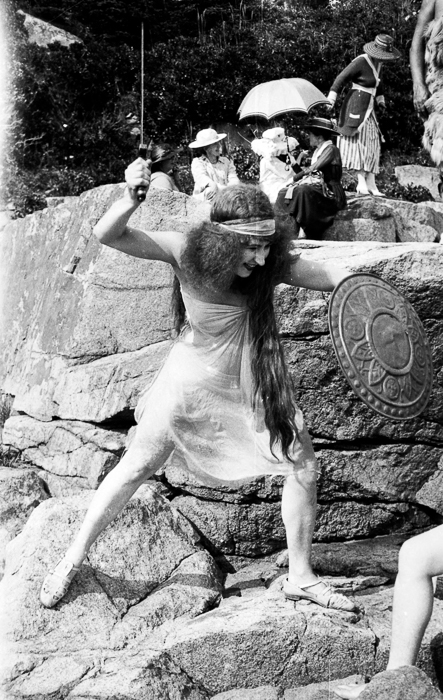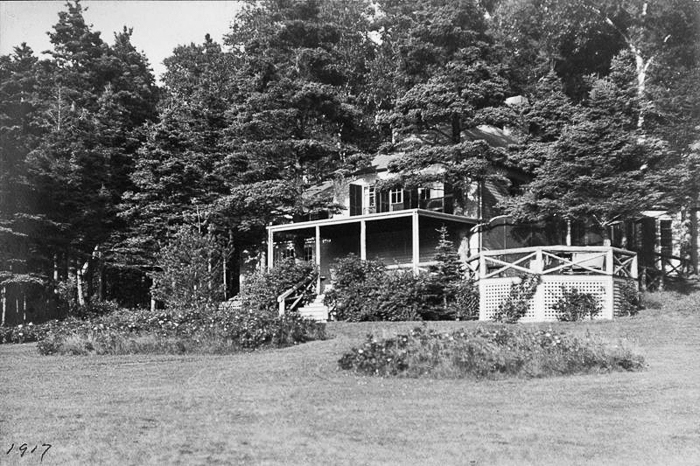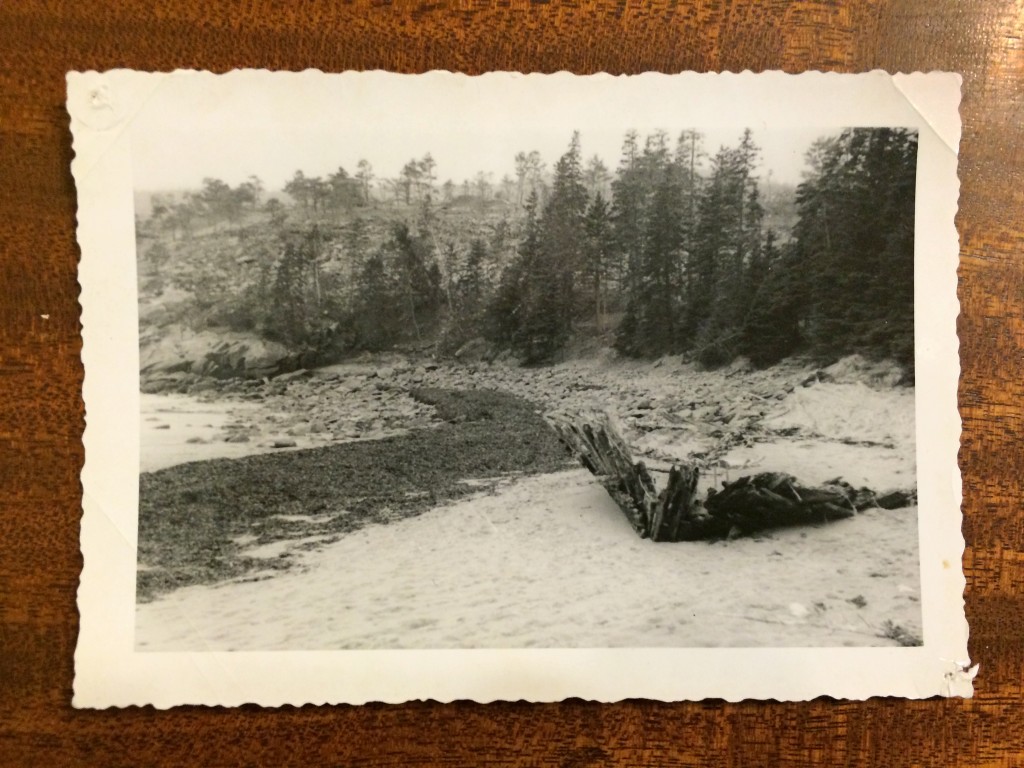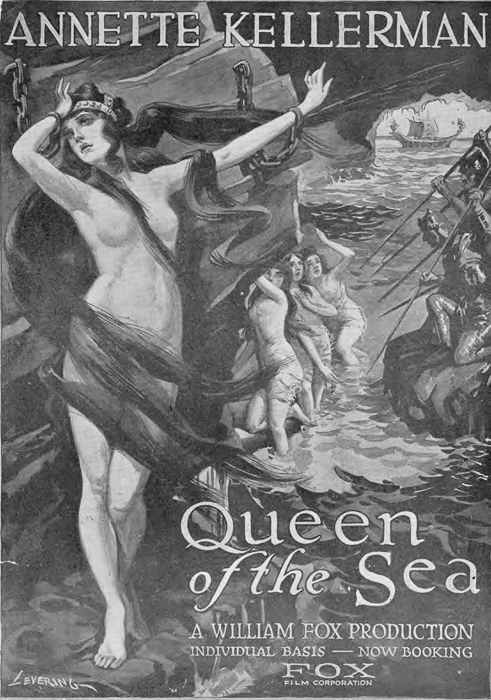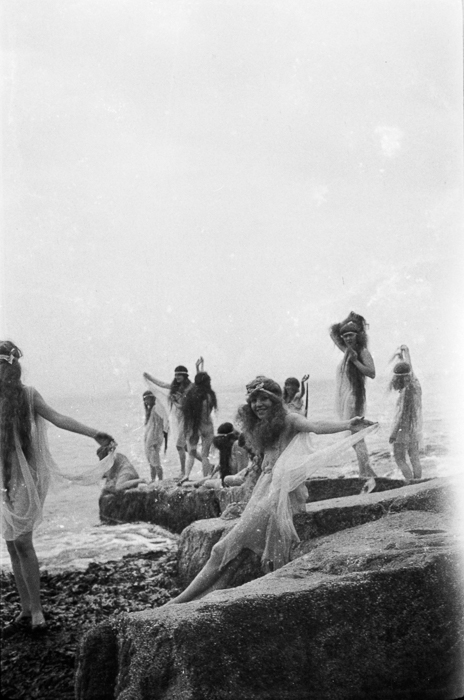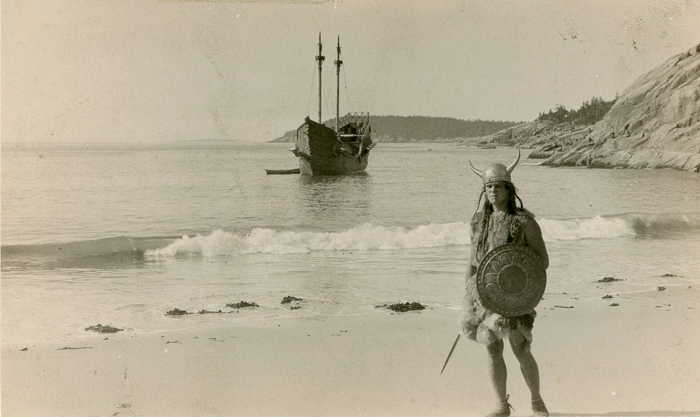May 3, 2015: 5:30-6:30pm, about 53ºF, sunny and very windy. Cold in the shadows – my fingers got numb! Low tide at 5:30. Not much wildlife: 3 or 4 Herring Gulls.
The Merriam-Webster dictionary defines ‘sand’ as, “a loose granular material that results from the disintegration of rocks, [and] consists of particles smaller than gravel but coarser than silt.” The first thing every kid learns on the 6th grade field trip to Sand Beach is that there’s not a lot of ‘sand’ there. Maybe half the stuff on Sand Beach that looks like sand is actually finely crushed shells. If you look at it closely, even without a microscope, you can see bits of mussel shells and clam shells and sea urchin spines. Now, mussel and clam shells are not flat, they are curved, right? So each of those teeny fragments is slightly cupped. This gives swimming at Sand Beach its most irritating quality – other than the brazen gulls who will literally swoop from behind and snatch a sandwich right out of your hand – once you get wet, the concave bits of sand suction on to you like they’ve been glued on, and you have to scrape and rinse and scrape and rinse to get the stuff off.
There’s a distinct difference between the rocks at the eastern and western ends of the beach. The area we’ve been traveling through since leaving town has been shatter zone, with a mixture of different stones and periods, and Great Head itself had a lot of areas where the older rock was isolated in chunks within the newer granite. Like this:
At the other end of the beach, the western end, the older rock is replaced by ledges of Cadillac Mountain granite that run all the way to Otter Cliffs. According to my map (Bedrock Geology of Mount Desert Island, Gilman & Chapman, 1988) we’ll see a fringe of shatter zone at the tip of Otter Cliffs.
Great Head and Sand Beach were donated to Acadia National Park in 1949 by the Satterlee family, who acquired the property in 1910. Marie Yarborough, the curator of the Park’s archives, was very kind and dug out some old photos of the estate for us. Thank you, Marie! I’m going to go look through some of their holdings next week, and look forward to seeing what kind of treasures they have.

The Satterlee estate before the fire. I think we are standing on the Beehive, and Sand Beach would be just out of the photo at lower right. Photo courtesy of Acadia National Park Archives.
![Library of Congress, Prints & Photographs Division, [reproduction number, e.g., LC-J7-1234]](http://jenniferbooher.com/wp-walking/wp-content/uploads/2015/04/SatterleeGarden.jpg)
Garden designed by Beatrix Jones Farrand circa 1921. Library of Congress, Prints & Photographs Division, [reproduction number, e.g., LC-J7-1234]
In 1921, Mrs. Satterlee hired the renowned garden designer Beatrix Farrand to transform the landscape. The magnificent grounds, which included beds for annuals and perennials, and even a bridge, in a forested setting, remained in bloom until part of it was destroyed by the Great Fire of 1947 … .
Given to Acadia National Park in 1949, most of the estate’s buildings were removed shortly thereafter. Nature took its course, and the once spectacular gardens returned to woods and meadows. …
The path that now runs from the Great Head parking lot to the east end of Sand Beach was once the driveway for the Satterlee’s main house. The estate included the gardens, barns, greenhouses, servants’ quarters, guest houses, a water tower, and boathouse and tennis courts. An oddly out-of-place concrete foundation here, or stone retaining wall there, are all that remain.” (from “Great Head’s Long-Lost Eden,” Earl Brechlin, The Ellsworth American, July 26, 2012)
In July of 1911, a schooner called the Tay was driven onto Sand Beach by a storm and wrecked. I’ve been told that the most severe winter storms will sometimes uncover her timbers for a little while, but have never seen them myself.
“Lumber schooners like the Tay typically carried deckload piled as high as possible, leaving just enough room for the booms to swing over. It was not unusual for the helmsman to have a hard time seeing forward. Since the entire cargo was buoyant, lumber carriers could, and did, load until the decks were awash. The remains of the Tay lie under Sand Beach, far up on the shore near the stairs.” (p.122, Discovering Old Bar Harbor and Acadia National Park, Hill, 1993.) The photo below is not the Tay, but a similarly loaded schooner.
I found two accounts of the disaster, one in the local paper and the other in the New York Times. There are some interesting differences in the accounts.
“In the great storm of wind and rain which was almost terrifying in the heart of town last Friday night, and has proven to have been most fearful at sea, the two-masted schooner Tay, Capt. I.W. Scott, of St. John, N.B. bound from St. John to Boston with lumber, went ashore on the Sand Beach at Great Head, … at 12:15 o’clock Friday night and was a total loss. One man was lost, J.B. Whelpley, the cook, of St. John, N.B., who is survived by a wife and three children. … The crew numbered six besides the captain.
The Tay was doing well, according to Captain Scott, and was bowling along in the face of a heavy southwest gale, when the schooner sprung a leak. At this time he was keeping her off shore and when the leak was discovered he squared away and intended to make the harbor here.
The mainsheet parted and then he lost his main boom. Capt. Scott attempted to stand off shore under head sails, but he was too far in and was swept inside the breakers. The Tay struck hard and was dismasted fore and aft at the first shock and began to go to pieces rapidly. The deck load of shingles was carried away but her cargo of plank below deck is safe on the beach.” [“Schooner Wrecked,” Bar Harbor Times, 1911, reprinted in Discovering Old Bar Harbor and Acadia National Park.]
 The Satterlees built a boathouse on Sand Beach – I’m not clear if it was built from the wreckage or just named for the schooner:
The Satterlees built a boathouse on Sand Beach – I’m not clear if it was built from the wreckage or just named for the schooner:
And then I was poking around in the Jesup Library’s vertical file (a four-drawer filing cabinet filled with randomly amazing articles, photos, and documents) looking for photos of Great Head before the Satterlees, and I found this:
In the summer of 1917, the Fox Film Company filmed scenes from the production Queen of the Sea, starring Annette Kellerman, on Sand Beach and Great Head. “The director, John Adolphi, was enchanted by Bar Harbor’s scenic beauty – until fog, clouds, and rain, interrupting the daily work schedule, somewhat dampened his enthusiasm. … Some actors suffered severe sunburn…; barnacle-scratched players needed medical attention; and sea sickness overcame those in small boats. … Ebb and flood tides, over which even omnipotent Hollywood could not prevail, delayed shooting scenes of costumed mermaids and seals disporting on the rocks. A set called “the cavern of despair” was swept away three times by high tides before it could properly photographed. … Ernest Lorillard, the tobacco tycoon, invited the entire cast to a clambake at Sand Beach, where he himself undertook the bake, piling hundreds of clams on top of a huge mass of steaming seaweed. Herbert Saterlee [sic], appointing himself keeper of the fire, steadily hauled loads of driftwood to replenish the cookout. … Another favorite diversion was holding “rock parties” to view the film-making. These were sumptuous lunches carried by car in large hampers and spread out on the rocks along the Ocean Drive.” (“When Hollywood Came to Bar Harbor,” Gladys O’Neil, Downeast Magazine, Sept. 1981.)
I needed to know more, obviously, and Debbie Dyer over at the Bar Harbor Historical Society was out sick, so I obsessively googled the movie name, the star’s name, 1917, Bar Harbor … anything I could think of. And I found the mother lode. Just in case you were wondering whether or not everything in the universe is in fact online, I found a digital archive of silent movie stills: The Jonathan Silent Film Collection, which is part of the Chapman University Digital Commons. A search for “Queen of the Sea” gave me 101 stills from the movie, copyright-free. We just don’t have space for all of them here, but there were some real beauties of the cast goofing off between takes. I have not been able to find out whether a print of the movie still exists.

Annette Kellerman as Queen Merilla. It took me a minute or two to realize that’s her hair she’s holding out, not a scarf. There was a piece that got added to the bottom of the costume over their feet to finish off the tail while they were filming.
“Merilla, the queen of the sea, learns that if she saves four lives, she will be endowed with a mortal body and an immortal soul. The kindly queen saves her first lives by rescuing three drowning sailors whose ship the Sirens (the daughters of the wicked King Boreas of the Storms) have been instructed to destroy. Furious, King Boreas confines Merilla in a cave, but she is freed by Prince Hero, a human being with whom she falls in love. Determined to have his revenge, Boreas wrecks Hero’s ship and locks up the prince’s fiancée, Princess Leandra, in the Tower of Knives and Swords. Following several thrilling adventures, Merilla rescues Leandra, who, in her gratitude, releases the prince from his promise so that he may marry his beloved sea queen.” (synopsis from AFI)
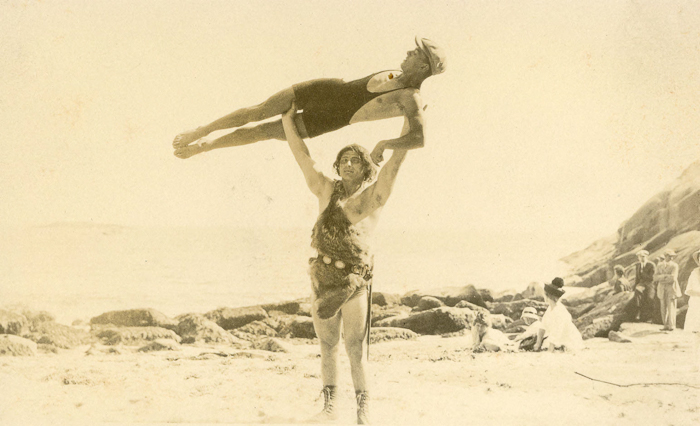
I’m pretty sure the guys in the black bathing suits are the lifeguards. You’ll see them hovering in a lot of the shots.

They must have been filming in one of the little boulder beaches off the Ocean Path – spectators on the rocks and in the boats, too, I think.

Prince Hero in front of the Beehive. If this was shot in July or August, and he’s standing at the edge of the marsh, you bet your leather booties he’s being bitten by mosquitoes.
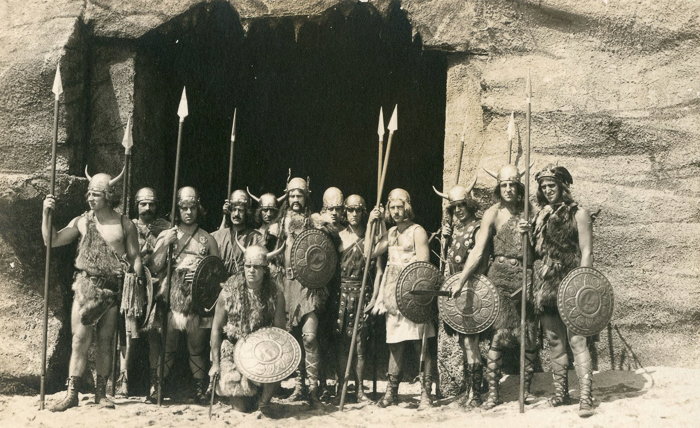
That’s the ‘cavern of despair’ mentioned in the article. It was over at the western edge of the beach, just down from the stairs.

This is my absolute favorite photo of all. I’m pretty sure this is Virginia Higgins, a Bar Harbor girl who played the youngest mermaid. She looks so uncomfortable and completely fed up! And the look on the woman’s face behind her? Oh, and don’t miss the baby hanging out at bottom right.

There’s little Virginia Higgins again in the middle, and she does not look happy. Neither does the mermaid she’s clinging to. And doesn’t poor Merilla look like she’s trying really hard to avoid reclining on any barnacles?
Annette Kellerman was quite a character – a daring stuntwoman, long distance swimmer, and movie star who pioneered the one-piece bathing suit as an alternative to bathing dresses (on the grounds that no one could actually swim in a thigh-length skirt). Intrigued? Read this article.
Apparently there were several movies filmed on Sand Beach between 1917 and 1921, but I wasn’t able to find photos of any of them. The movies themselves appear to have been lost. However I did find one much more recent movie that filmed a scene here:

still from Cider House Rules, with Charlize Theron, Tobey Maguire (photo from IMDb)

